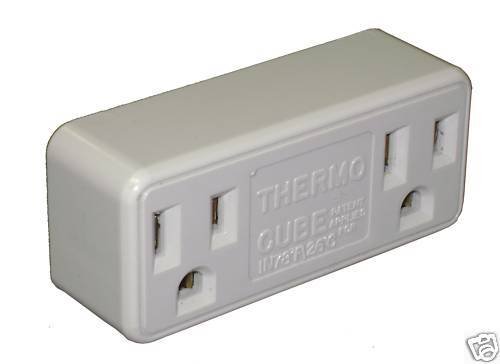stevemitchell
Guru
- Joined
- Sep 25, 2018
- Messages
- 542
- Location
- USA
- Vessel Name
- Aruna
- Vessel Make
- Kristen Yachts 50 Pilot House
I've read a lot of various posts about warming up oil or coolant using various systems.
What I haven't been able to determine are the pros/cons of each approach. Both seem to help with cold starts in differing ways, and both can provide warmth in colder months, as well as reduce condensation, etc.
I'm considering a system like this for my dual 1988 Volvo TAMD 61A engines which tend to be a bit on the smokey side when starting, and take a long while to warm up.
Most people have said a coolant heater would be most appropriate for my engines given that it takes forever for them to warm up, and the smoke would be reduced with this approach. Given what I know about the engines, I think that a coolant heater is most likely the right approach, but they are also quite expensive, require some plumbing changes that could be risky depending on how they're done, etc. Side benefit - I could plumb my water heater into the thing so I could have hot water all the time (which I do not have now).
Oil heaters are far cheaper and seem easier-ish to install, although getting to the underside of my oil pan is going to be an exercise in lots of bendy routines/scraped arms. They could help with warming up, but more on the oil and lubrication side if I understand the application.
I'd love to hear from people in terms of what they saw before/after with each system and thoughts on pros/cons of each one.
What I haven't been able to determine are the pros/cons of each approach. Both seem to help with cold starts in differing ways, and both can provide warmth in colder months, as well as reduce condensation, etc.
I'm considering a system like this for my dual 1988 Volvo TAMD 61A engines which tend to be a bit on the smokey side when starting, and take a long while to warm up.
Most people have said a coolant heater would be most appropriate for my engines given that it takes forever for them to warm up, and the smoke would be reduced with this approach. Given what I know about the engines, I think that a coolant heater is most likely the right approach, but they are also quite expensive, require some plumbing changes that could be risky depending on how they're done, etc. Side benefit - I could plumb my water heater into the thing so I could have hot water all the time (which I do not have now).
Oil heaters are far cheaper and seem easier-ish to install, although getting to the underside of my oil pan is going to be an exercise in lots of bendy routines/scraped arms. They could help with warming up, but more on the oil and lubrication side if I understand the application.
I'd love to hear from people in terms of what they saw before/after with each system and thoughts on pros/cons of each one.




